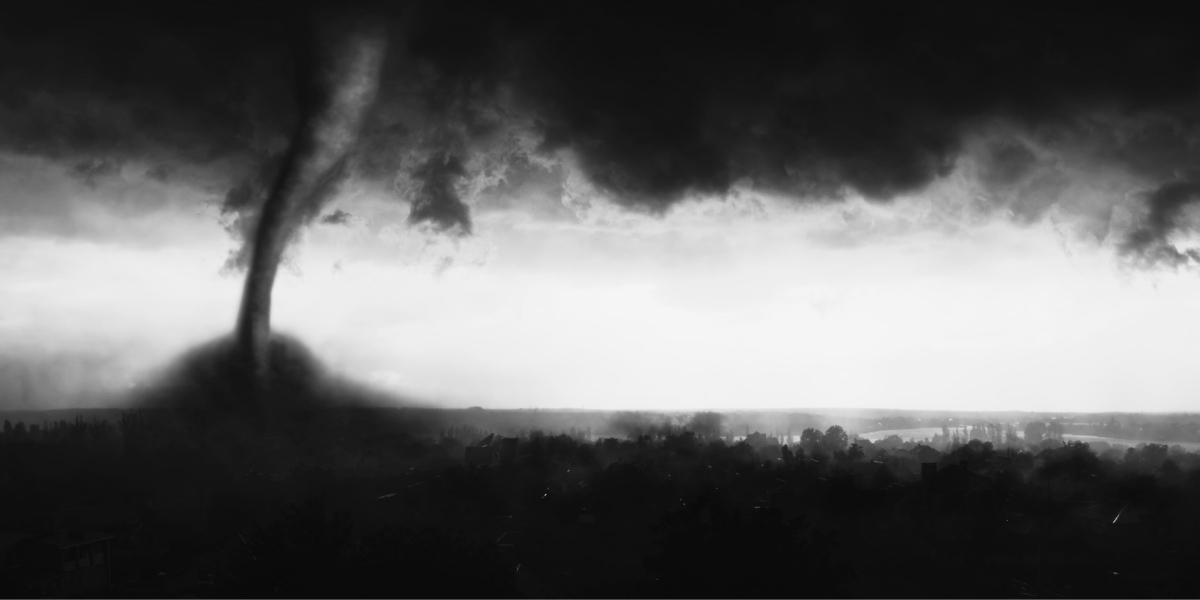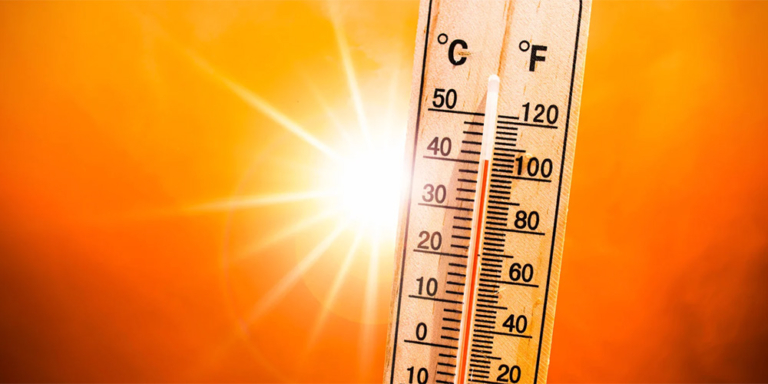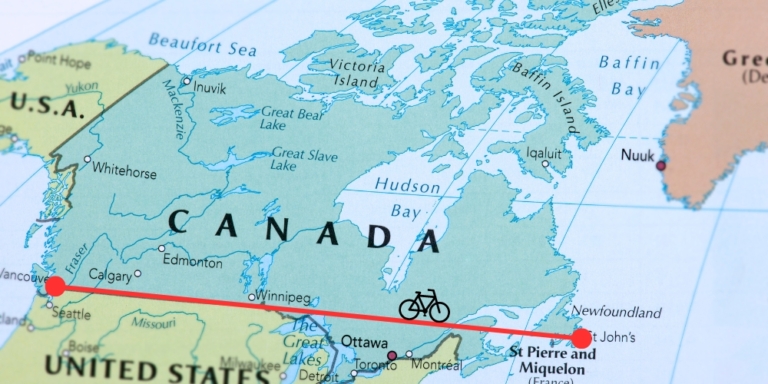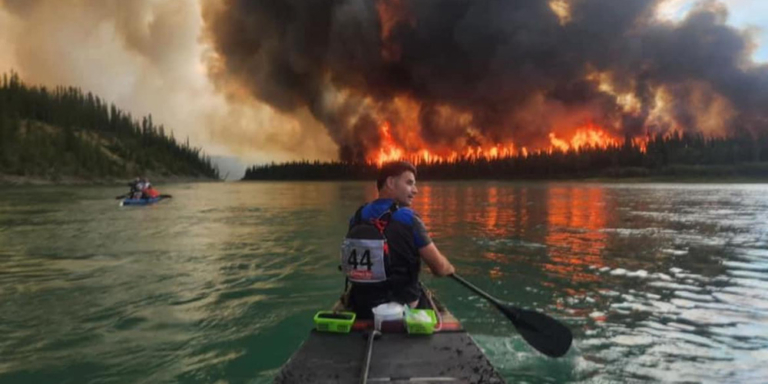Last week, residents of Okotoks must have felt like Dorothy waking up in the land of Oz. It wasn’t just the thunderstorms and ping-pong-sized hail. According to Environment Canada, a tornado touched down south of the city, just 20 kilometres from Calgary.
Luckily, the tornado was rated as an EF-0. An EF-0 rating is the weakest on the Enhanced Fujita scale (EF scale), which uses observed damage to rate the intensity and estimate the wind speeds of a tornado.
The EF scale ranges from EF-0 to EF-5. According to the scale, the tornado that touched down in Okotoks had wind speeds of between 105 and 137 km/h.


While the tornado caused no damage, the town was still battered by hail the size of ping-pong balls. Other parts of southern Alberta had their hands full, with gusts over 110 kilometres in Tide Lake and Sheerness areas.
The extreme weather led the province to issue an emergency alert on Monday afternoon. The alert was lifted shortly after at 3:40 PM.
Previously, an EF-4 tornado on Canada Day tore through 15 kilometres of farmland between Didsbury and Carstairs in Mountain View County.
This Canada Day event was the worst tornado to hit our province since the Edmonton tornado, known as “Black Friday,” tore through the city in 1987. The Black Friday tornado killed 27 people, injured 300 others, and destroyed 300 homes.
In comparison, the recent Canada Day tornado destroyed three homes, left four uninhabitable, and damaged five others. Thankfully, there were no reported injuries, except for a first responder who received a minor injury.
Is Climate Change To Blame?
Climate change has been linked to heavy rains, flooding, hurricanes, heat waves, and wildfires. But things get murky when it comes to linking the global crisis to specific tornadoes.
Two things are needed to form a tornado; energy and wind shear. According to National Geographic, energy is warm, moist, and unstable air.
Wind shear is the difference in wind speed and direction over a short distance. Climate change increases the energy in the atmosphere, but not necessarily wind shear.
According to a study in the Journal of Climate, the total number of individual tornadoes and storms with multiple tornadoes, called outbreaks, is not increasing.
However, the study also found that the number of tornadoes within outbreaks is increasing. Michael Tippett, a professor at Columbia University, suggests two possible explanations exist.
“Either the recent increases are not due to a warming climate, or a warming climate has implications for tornado activity that we don’t understand,” said Tippett.
So, are tornadoes linked to climate change? Maybe. Tippett believes we need more studies to link observed changes in tornado activity with climate change.
But the possibility is there, and that’s as good a reason as any to fight climate change now. There is no Wizard to make it all go away, and we’re not going to wake up and realize its all a bad dream.






